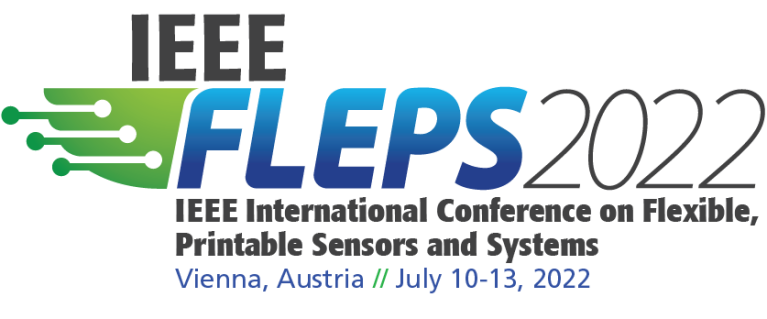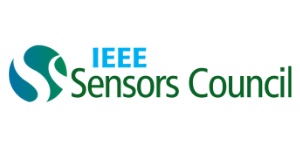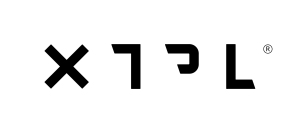
Presenter Bio
Erika Covi (SM’19) received her PhD in Microelectronics in 2014 from the University of Pavia (Italy). She worked as a postdoctoral research fellow at the National Research Council (CNR) of Italy first, then at Politecnico di Milano (Italy). She is currently a Scientist at NaMLab gGmbH, Dresden (Germany). She won an ERC Starting Grant 2021 on memristive neurons and synapses for neuromorphic edge computing.
Her research interests lie at the intersection of emerging devices, circuit design, and brain-inspired computing. More specifically, they focus on exploiting the intrinsic physical characteristics of memristive devices to reproduce computational primitives of the brain in mixed neuromorphic-memristive systems.
Abstract: Challenges and perspectives for energy-efficient brain-inspired edge computing applications
In recent years, Artificial Intelligence has shifted towards edge computing paradigm, where systems compute data in real-time on the edge of the network, close to the sensor that acquires them. The requirements of a system operating on the edge are very tight: power efficiency, low area footprint, fast response times, and online learning. Moreover, in order to fully optimize sensor performance and broaden applications by developing smart wearable and implantable devices, solutions must be compatible with flexible substrates. Brain-inspired architectures such as Spiking Neural Networks (SNNs) use artificial neurons and synapses that perform low-latency computation and internal-state storage simultaneously with very low power consumption. However, SNNs at present are mainly implemented on standard CMOS technologies, which makes it challenging to meet the above-mentioned constraints. In this respect, memristive technology has shown promising results, due to its ability to support fast and energy-efficient non-volatile storage of the SNN parameters in a nanoscale footprint. In this perspective work, the main challenges to achieve a neuromorphic-memristive hardware are presented, particularly in the context of optimizing such systems for applications on the edge. The aspects to be considered for integration with flexible substrates will also be discussed.




